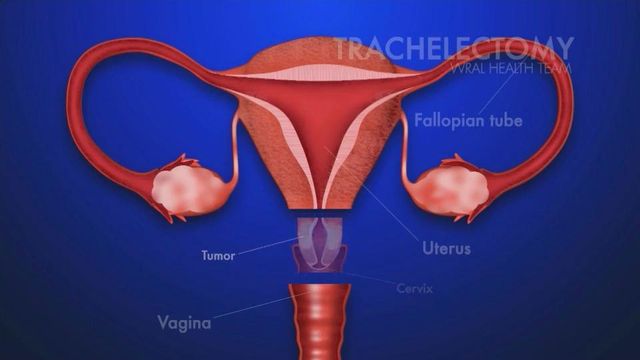Surgical breakthrough preserves fertility after cervical cancer
For the thousands of women diagnosed each year with cervical cancer, the cost of the most common treatment - a hysterectomy - is the opportunity to have children. But it doesn't always have to end that way.
Posted — UpdatedBut it doesn't always have to end that way. A new procedure, which removes the cancer and the cervix but leaves the uterus intact, preserves the possibility of starting or growing a family.
Eight years after her cancer scare, Caldwell is a mom to 16-month-old son Eli and pregnant with a little girl.
"I can't imagine a single second without him because he makes me a better person. He makes me the person I always wanted to be," she said.
"I was very fortunate in the sense that we had caught it early, that we could still have this done, and, because I hadn't had kids, it was important to do it this way versus the hysterectomy," she said.
• Credits
Copyright 2024 by Capitol Broadcasting Company. All rights reserved. This material may not be published, broadcast, rewritten or redistributed.





